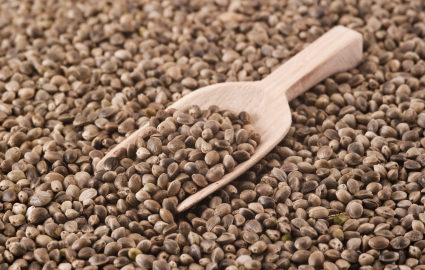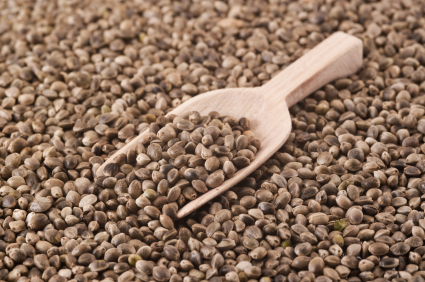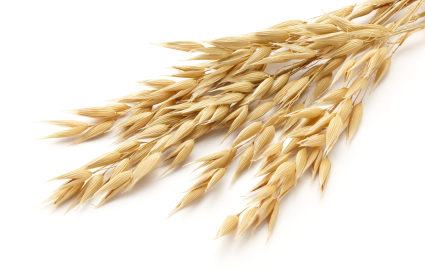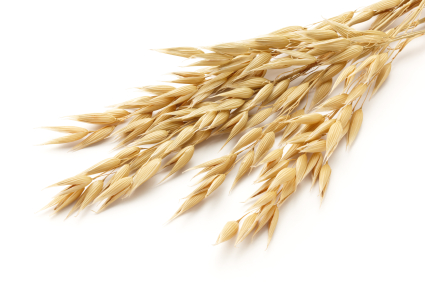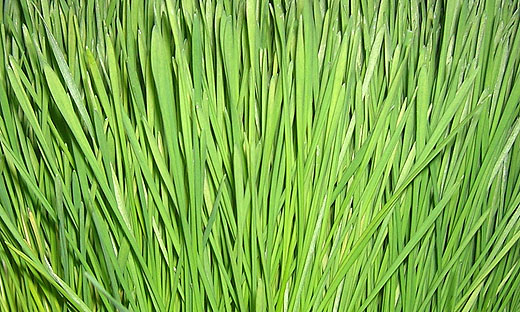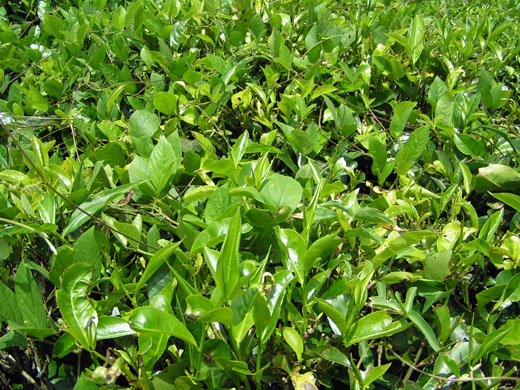Green Tea – Top 5 Health Benefits And Tea Quality Guide For Dummies

Green tea has become quite popular these days. In some countries there is a long tradition of drinking it but in others the tea drinking trend has only surfaced in the recent years. With gaining popularity green tea has made its way into supermarkets and health food stores around the world not only simply as tea but also as an ingredient in other foods and products. Everyone is looking for a way to look younger and to counteract some of their less healthy habits and green tea promises just that. How can it do that? Here you will find top 5 benefits of using it, how to tell the top notch green tea from a low quality one and a few preparation ideas. But first – a little history.
Where Does Green Tea Come From?
Green tea was originally grown and cultivated in ancient China. Neighboring Asian countries picked up this habit and today also use different varieties of green tea on a regular basis. The tea plant itself is known as Camellia Sinensis. The trick to making green tea is the amount of oxidization. Leaves can be dried differently to produce many different types of tea but when the least oxidization is used we get green tea. You could say that green tea is the most natural tea of them all (check this article if you want to learn more about this).
The effects of it have been noticed and studies a long time ago. For instance – Zen priest Eisai wrote The Kissa Yojoki which can be translated as as Book of tea in 1191. This book discusses the positive impact that green tea has the bodies’ organs. Asians used it for easing the after effects of liquor, better brain function, and to prevent urinary problems.

Ancient Asians relied on green tea for easing the after effects of liquor, better brain function, and to prevent urinary problems.
Why Is It A Super Food?
Green tea is considered a super food because it is packed with antioxidants and polyphenols. These give it life extending capabilities. A study done in May 2006 by the Yale University studied people that drink a liter and half of green tea each day. Now we all know that smoking is bad for your health. A funny thing that this study discovered is that people in Asian countries who smoke and consume several cups of green tea a day at the same time have minimal rates of cancer and heart disease. People that smoke back here in the west have much higher rates of these diseases.
So, what are the top 5 benefits of green tea:
- Green tea drinkers can benefit from a decreased risk of heart disease,
- better artery function,
- blockage of bad cholesterol,
- and improved good cholesterol levels.
- Switching from sodas or highly sweetened drinks to green tea is good way to lose weight. The tea has the ability to increase metabolism and block the absorption of sugar which makes the process even easier.
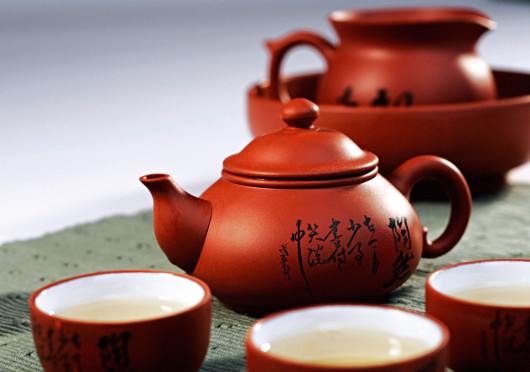
Green tea drinkers can benefit from a decreased risk from problems caused by heart disease, better artery function, blockage of bad cholesterol, and improved good cholesterol levels.
Other Uses
It’s not only good when you drink it, there are other uses for green tea – you can also use it externally. For instance you can use tea bags to remove puffiness around the eyes and to exfoliate dead skin off the face. Several salons and spas have entire product lines that are made with green tea as the primary ingredient.
A Few Tips For Green Tea Drinkers
Many companies have concentrated formulas of green tea sold in capsule or liquid form for those that are looking to burn fat as part of a weight loss regimen. But I cant really see the point in that. You can just drink tea everyday and you will be fine. Here are a few tips for all the enthusiastic new green tea drinkers:
- If you are trying to lose weight and can not drop the sweet taste completely (I drink unsweetened tea all the time and its all good) try using stevia instead of regular sugar. Stevia is an example of a sweetener that is natural and does not have negative side effects that are associated with chemical based sweeteners. Or use honey. And try to use less and less of it, you will get used to the less sweet taste.
- Make a gallon of green tea and drink it all the time. If you want to improve the taste of the tea, place cut lemons or other fruit into the tea while it cools down. This way you can add flavor to it.
- Since green tea bags are tiny you can have them with you all the time and use them to make a quick hot beverage. There are many places to get a cup of hot water for free. Drop the tea bag in it and you are set.
- On the other hand, almost every place you go now serves green tea. Just remember to order it.
Making green is not exactly rocket science, but still here is a nice video that explains how to prepare it. Things to remember:
- don’t use boiling hot water, water should be around 180F/80C
- use the best tea possible (video mentions 1st, 2nd and 3rd cut, a bit more on that and tea quality later)
- wait 3-5minutes.
The Tea Quality – What Makes The Best Green Tea Out There?
First cut tea, second cut tea, third cut tea
Tea grows in places that allow the tea leaves to be picked many times during the season. But the ones that are picked during the first harvest are always the best. And are therefore called 1st cut. One picked next are called 2nd cut and so on. The first cut tea leaves are the tenderest and have the highest levels of theanine, caffeine, antioxidants and aromatics oils.
Number of leaves harvested
How many leaves are plucked from the top? Less leaves make tea more expensive but the leaves at the end are the tenderest. You can pluck just the bud, bud and one leaf, bud + 2 leaves, bud + 3 leaves etc…with each additional leaf the concentration levels of theanine and antioxidants decreases.
Tea leaves state
The less destroyed and crumbled the leaves are the better.
How fresh are the leaves
Fresh, this years tea is of course better than one that is a few years old.
As you see the can be quite a difference between green teas. On one hand you can have freshly picked first cut top leaves and on the other hand you can have 3rd cut leaves, crumbled and mixed with black tea that are 2 years old, sitting on the shelves of supermarkets worldwide. They will all do you good but there is quite a difference between the first and the second option. This explains different prices when it comes to green tea.
Sooo…now what? Start drinking green tea! Try replacing coffee with green tea for starters. By drinking it daily we are constantly providing our bodies with antioxidants so try to make it a habit!
